With football season upon us, reports of pro athlete injuries are once again prevalent. You may have noticed the increase in athletes turning to a cutting edge regenerative therapy called adipose derived stem cell therapy (ADSC) to get back into the game quickly. After suffering a severe injury to his neck, quarterback Peyton Manning turned to stem cell therapy after a year of rehab and surgery that didn’t control his pain or completely heal his condition.
This new procedure in regenerative medicine uses non-embryonic adult mesenchymal stem cells found in fat (adipose) or bone marrow. Most physicians have opted to harvest fat-derived stem cells under local anesthesia mostly because they are more abundantly found in fat than in bone marrow. Once the adipose-derived stem cells (ADSC) are extracted out of the fat, they are either injected into an area of injury, such as an arthritic joint, applied to the skin for aesthetic rejuvenation, or infused intravenously for chronic and terminal disease treatment.
Stem cells are known as “progenitor” cells, which mean they remain dormant unless they witness some level of tissue injury. They are like seeds waiting to be planted into fertile soil in order to grow. In the case of stem cells, it is the tissue injury and the lack of oxygen in the tissue that activates them. When a person has a degenerative injury or disease, stem cells naturally migrate to the area of need and regenerate through a natural repair process. It’s when this process becomes less effective that our tissues are unable to recover.
Most diseases are at the cellular level – either they have damaged cells as in heart failure or the cells have completely died off as in Parkinson’s disease. By introducing concentrated healthy stem cells to the area damaged by disease, it is possible to regenerate new and healthy functioning tissue. Stem cells use our body’s master blueprint to create intelligent internal repair. Stem cells decide what cellular tissue they become depending on the environment they migrate to; or in the case of stem cell treatment, the part of the body where the cells are injected.
The words ‘stem cell’ frequently stir up controversy; however, it should not apply to ADSC therapy. Doctors follow strict FDA guidelines which dictate that treatment using ADSC must be provided on the same-day as cell harvesting from the patient, and the ADSC is minimally changed. Stem cell therapy is used to treat patients with a wide variety of conditions and diseases such as multiple sclerosis, chronic obstructive pulmonary disease, lupus, Alzheimer’s and Parkinson’s disease, autism, chronic fatigue, erectile dysfunction, and the Epstein-Barr virus. Many sport injuries including those involving muscles, tendons, or joints have also been treated successfully.
I believe the potential of stem cell therapy to ease suffering and dramatically affect disease, especially those with no cure, is the cutting edge of research and treatment. It is rewarding to help patients heal through stem cell therapy with what used to be only correctable through surgery.
Dr. Nicole Ortiz is the co-owner of Live Well Clinic and a Naturopathic Doctor with a focus in preventative cardiology. For more information call (760) 771.5970 or visit www.livewellclinic.org.
Sources: 1) Journal of Prolotherapy Vol 3 Issue 3, Aug 2011 1. Stem Cell Prolotherapy in Regenerative Medicine Background, Theory and Protocols. ] Alderman, DO Donna et al.; 2) Adipose-derived adult stem cells: isolation, characterization, and differentiation potential 2003, Vol. 5, No. 5, 362-369 Gimble, J.M and Guilak, F; 3) ISRN Stem Cells. Volume 2013 (2013), Article ID 713959, 35 pages. http://dx.doi.org/10.1155/2013/713959




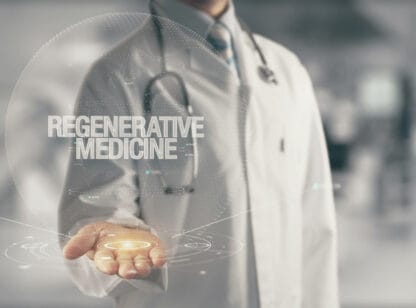
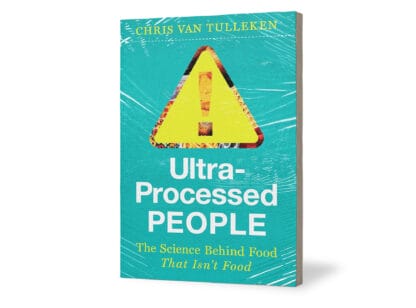
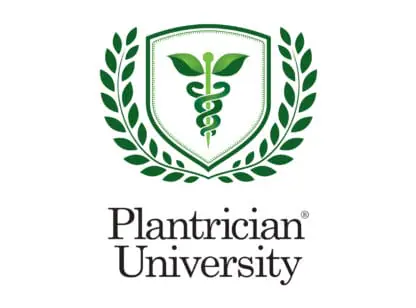

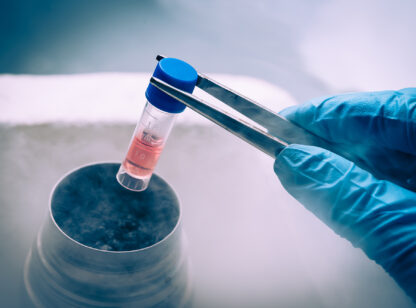

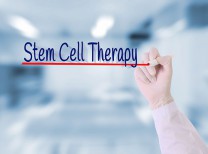




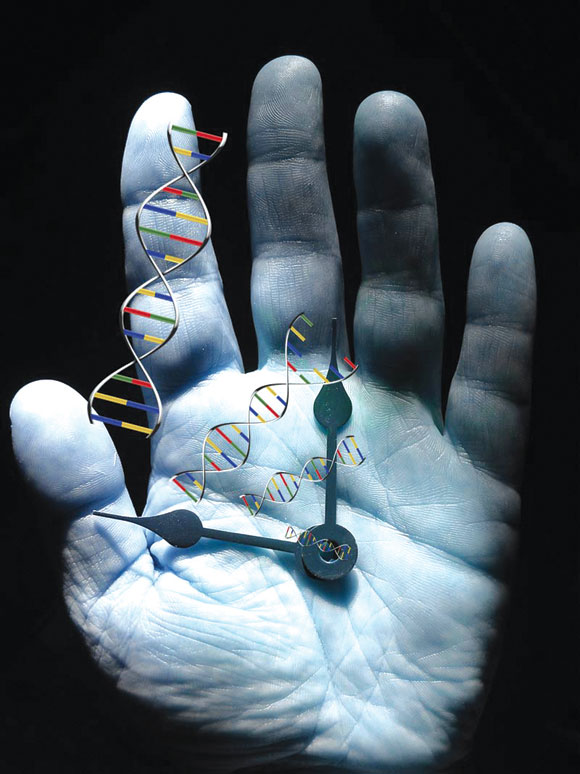





























Comments (0)